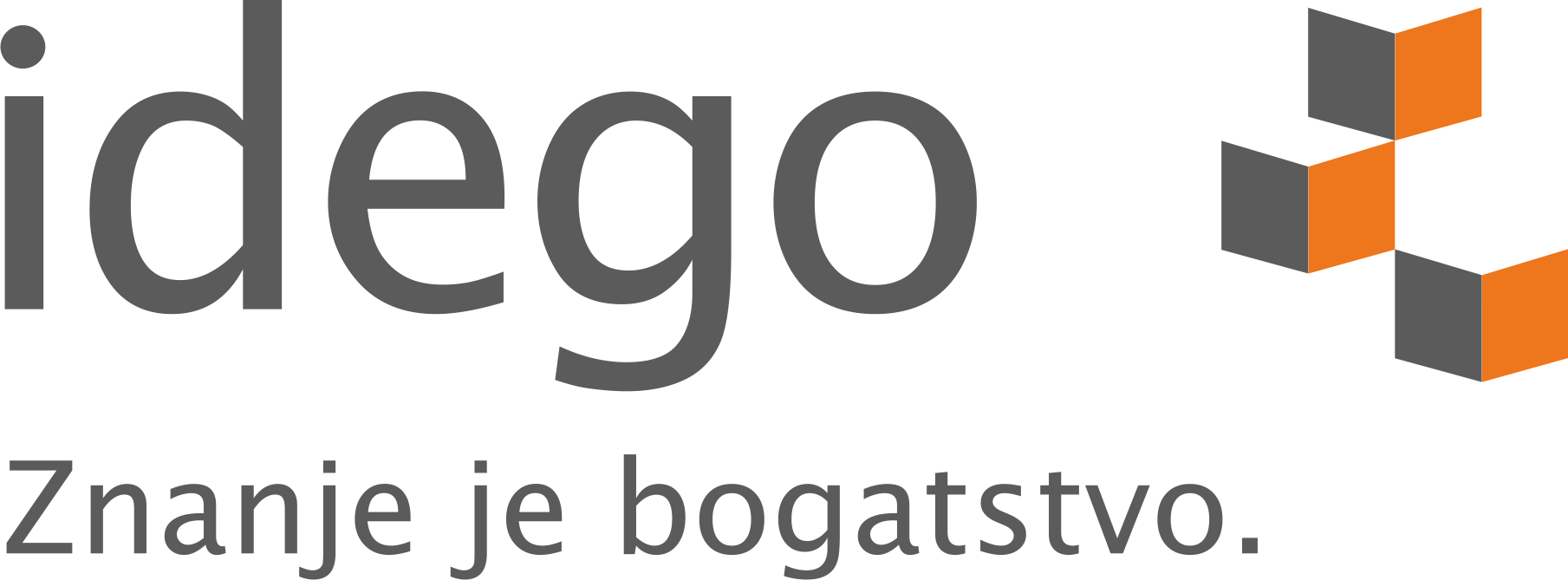The modern era of technology and
globalization brings rapid changes in all aspects of human life. New
information is created every day, while overall development continuously
demands new knowledge and skills. This creates a need for faster, timely education
that is open and widely accessible at the same time.
The basic definition of eLearning states
that it is the use of multimedia and the Internet to improve the quality of
learning – by enabling access to remote resources and services, as well as
facilitating collaboration and communication at a distance.
The beginnings of distance learning at the
academic level took place in the United States at the end of the 19th century,
when several initiatives for correspondence studies were launched. By the
beginning of the 20th century, attention was directed towards creating new
pedagogical models for correspondence studies, as well as developing quality
standards for their implementation.
IT technology enabled interactive learning
in distance education through specially designed educational software
(courseware), with the first such systems emerging around 1960. A significant
advancement in the use of computers for education was brought by multimedia
CD-ROM technology, while a true technological and pedagogical revolution in
distance learning came with the development of the World Wide Web.


